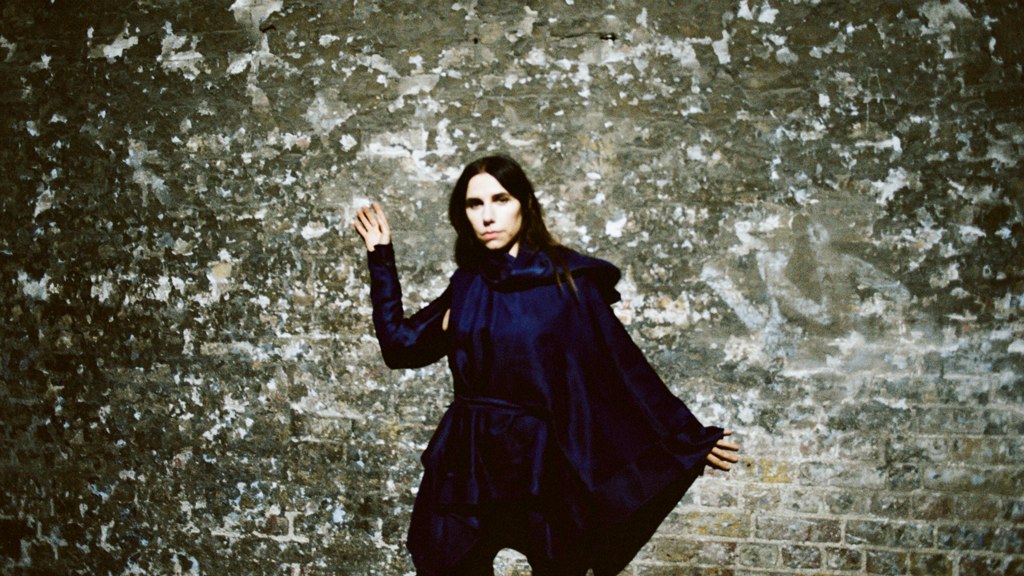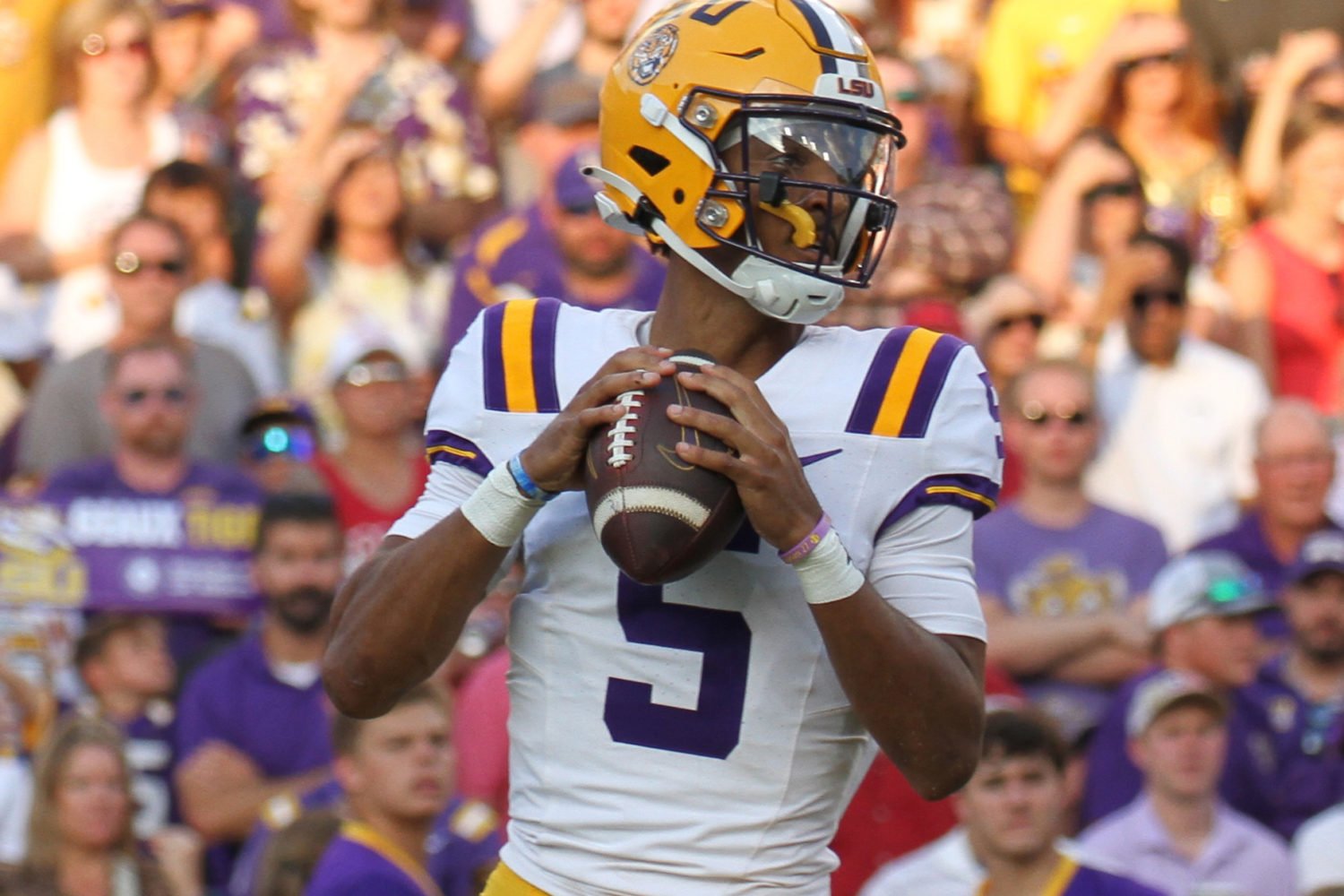PJ Harvey‘s The Hope Six Demolition Project was nominated for a Grammy Award on Tuesday. The album includes a number of songs about Washington, including one called the “The Community of Hope.” Harvey researched her album with the help of Washington Post reporter Paul Schwartzman, who drove the rock star around town despite having no idea who she was. (Her photographer, Seamus Murphy, had a more eventful visit.)
The song caused a notable freakout here upon its release. The knock was basically that as an outsider, Harvey had no business portraying DC neighborhoods as she did. Former Mayor Vince Gray called “The Community of Hope” an “inane composition“; Gray’s political adviser Chuck Thies said that “PJ Harvey is to music what Piers Morgan is to cable news.”
The album’s other songs about DC failed to stir up as much outrage, if any at all; undoubtedly, this was, due to my warnings that freaking out every time an out-of-towner writes about DC makes this place look like a cowtown.
Reached by email, Thies observes accurately that the Grammys “are nothing more than a tool of the music industry based on recognition from a mutual admiration society.” Indeed, as the music business shrinks, it’s even harder to defend their relevance, especially the Recording Academy’s “alternative” category. It’s somehow not part of “rock,” despite dating back to 1991, when the rock category was bloated with venerable artists like Eric Clapton and Aerosmith. And now:
“Alternative music” is officially for old fogeys. The average age of these Grammy nominees is 53.6 years old (and one of them’s dead!) pic.twitter.com/z5RbnoYFcD
— Mark Graham (@unclegrambo) December 6, 2016
For what it’s worth, the majority of the albums in the alternative category this year are pretty good (David Bowie will win it because people miss him). This is a fine and artistically valid list for Recording Academy voters to choose from.
But what about the other dimensions of Harvey’s work? In his email, Thies wonders why, if Harvey used east-of-the-Anacostia-River neighborhoodsin her art, she doesn’t “put her money where her mouth is and contribute to charities that work to uplift people in communities like Ward 7 and elsewhere. How many people in Ward 7 bought a copy of Hope Six Demolition Project or even know what it is?”
Fair questions. I asked Harvey’s publicist whether she donated money to DC charities, but haven’t heard back yet.
But how many people anywhere bought Iggy Pop’s latest? The real question here is what artists owe the communities they depict. The answer is harsh: Nothing. Harvey’s album used DC as a canvas, which reflects the one-sided relationship between art and society. Artists create using the tools and material they choose, and the subjects rarely get to burn unflattering portraits.



















